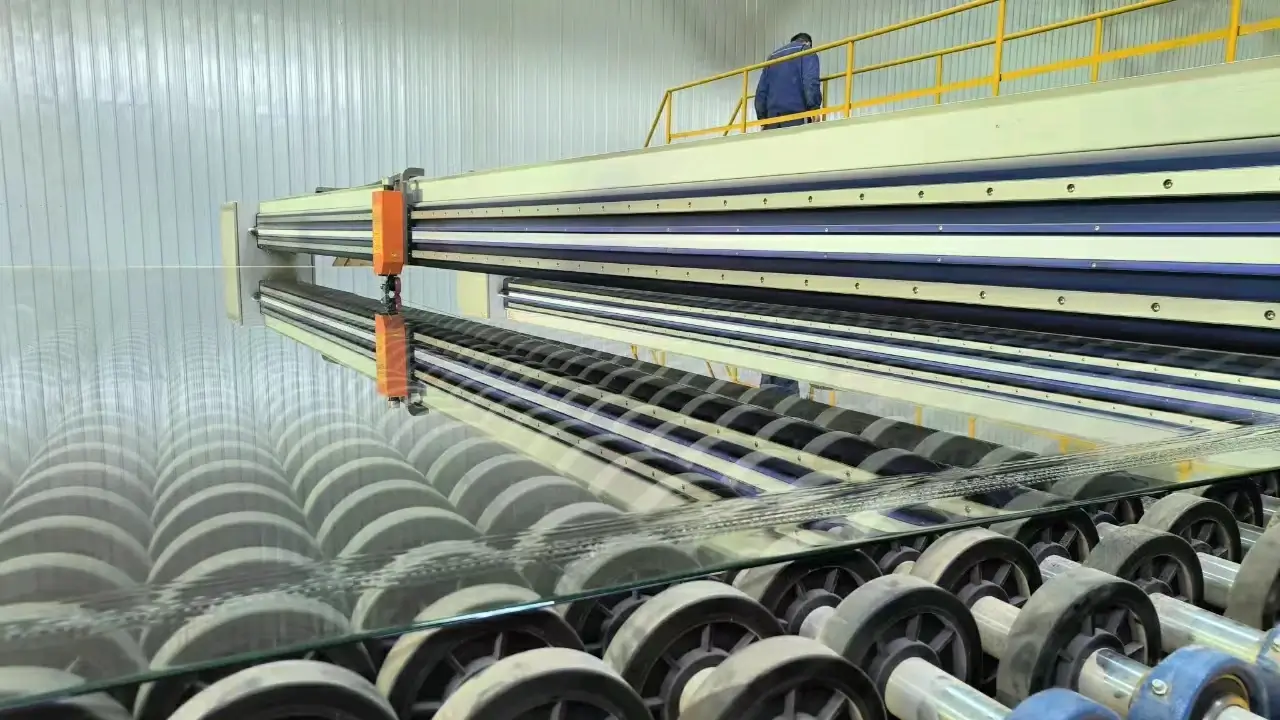

Exploring Bronze Low E Glass A Sustainable Choice for Modern Architecture
In recent years, the architectural landscape has seen a significant shift towards energy-efficient building materials. One such innovation is bronze low-emissivity (Low E) glass, which has garnered attention for its aesthetic appeal and functional benefits. This article explores the characteristics, advantages, and applications of bronze low E glass, shedding light on why it is becoming a preferred choice for modern architects and builders.
What is Bronze Low E Glass?
Bronze low E glass is a type of insulated glass that has been coated with a thin layer of metallic oxide. This coating serves a dual purpose it reflects harmful ultraviolet (UV) rays while allowing visible light to pass through, thereby enhancing indoor natural lighting. The “bronze” aspect refers to the color of the glass, which can add a warm, sophisticated aesthetic to buildings. This particular tint not only provides a distinctive look but also aids in reducing glare and enhancing privacy.
Energy Efficiency and Insulation
Exploring Bronze Low E Glass A Sustainable Choice for Modern Architecture
Moreover, the energy efficiency of bronze low E glass helps meet various building codes and standards aimed at promoting sustainability. Many regions now require commercial buildings to adhere to strict energy efficiency criteria, making the incorporation of bronze low E glass not just a stylistic choice, but also a compliance necessity.

Aesthetic Versatility
The aesthetic benefits of bronze low E glass are equally compelling. Its rich, warm hue can complement a wide range of architectural styles, from modern minimalism to traditional designs. Architects appreciate the flexibility of bronze glass, as it pairs well with various materials such as wood, stone, and metal. This versatility allows for creative freedom in design while enhancing the overall visual appeal of a structure.
Furthermore, the glass's reflective properties can create stunning visual effects, especially in dynamic lighting conditions. Whether it's the soft glow of sunset or the harsh midday sun, bronze low E glass can dramatically alter a building's exterior, ensuring that it remains visually striking throughout the day.
Enhanced Comfort and Noise Reduction
Beyond aesthetics and energy efficiency, bronze low E glass contributes to enhanced indoor comfort. Its insulation properties help maintain stable temperatures, reducing drafts and cold spots within a space. In addition, the glass can significantly diminish outside noise, creating a tranquil indoor environment. This makes it an excellent choice for urban buildings located in noisy neighborhoods or near busy roads.
Conclusion
Bronze low E glass stands at the intersection of functionality, aesthetics, and sustainability. Its energy-efficient properties, combined with its stylish appearance and ability to enhance indoor comfort, make it an attractive option for architects and builders alike. As the construction industry continues to prioritize sustainability and innovation, bronze low E glass is poised to play a pivotal role in shaping the future of modern architecture. With its myriad benefits and beautiful finish, it is no wonder that this glass type is increasingly recognized as a smart choice for contemporary building projects.